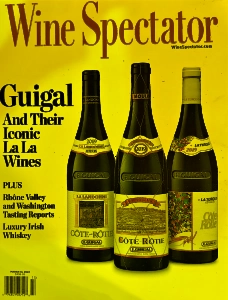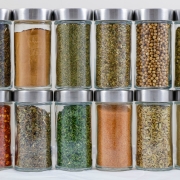No Explosion Needed – Just Information
“There was a time when we were taught to start with the explosion, the crisis, the murder, the detonation of the bomb, then go back and show the reader how we got to this terrible situation. I’ll explain why you might want to avoid this approach,” says book writing coach Myra Levine.
As content creators for business owners and professional practitioners, it’s tempting to be enigmatic in order to arouse curiosity, but at Say It For You, we agree with Levine that it’s not always the best idea. After all, it’s essential for us to assure readers that they’ve come to the right place to find the information that satisfies whatever needs brought them online to find answers. In other words, the opening lines can set the tone and arouse curiosity, but it’s best not to sustain the mystery very long.
In terms of satisfying readers’ need for information, Brightedge.com comments that many types of content simply do not need very long blog posts to provide value for readers. On the other hand, articles with only a cursory treatment of the topic may not be deemed high-quality content. “You will want to dive deeper and provide more information.”
One technique used in comedy is exaggeration, which, as humor speaker Jeff Fleming explained to me years ago at a National Speakers Association meeting, can emphasize points you want the audience to remember. In content marketing, however, while we sometimes aim to engage readers and show empathy regarding their dilemma and problem, it’s crucial that we be seriously “factually correct” in describing the extent to which our products and services can be of help.
Should your book start at the beginning or in the middle of the trouble? “These are decisions, and they’re not easy ones to make,” admits Myra Levine. In creating marketing content, while we’re out to engage online readers, no “explosions’ are needed, just valuable information with a personal touch.






Follow us online!